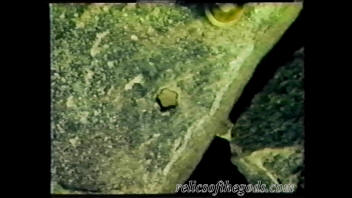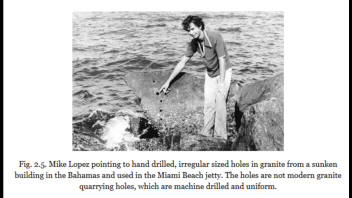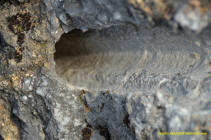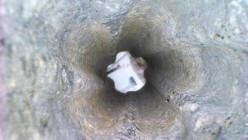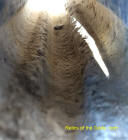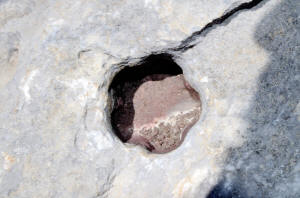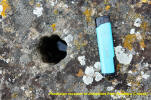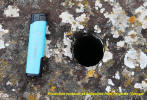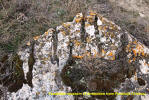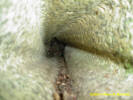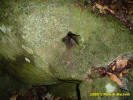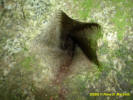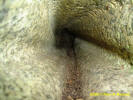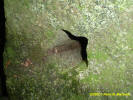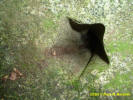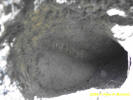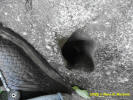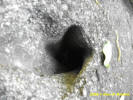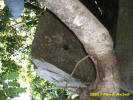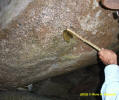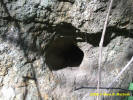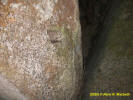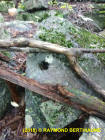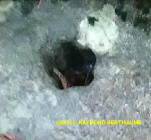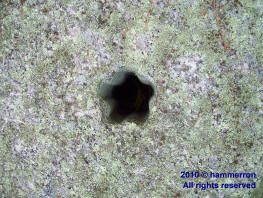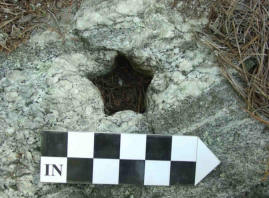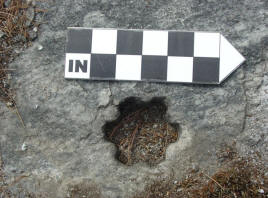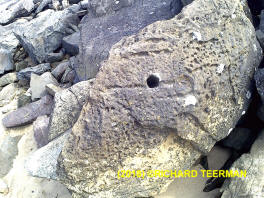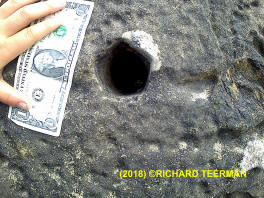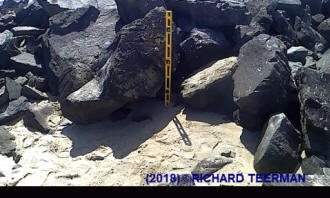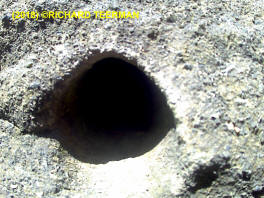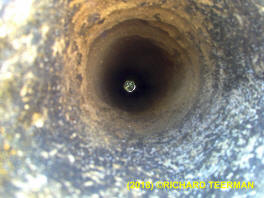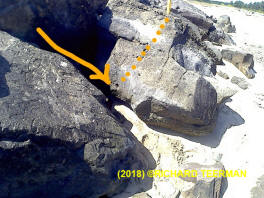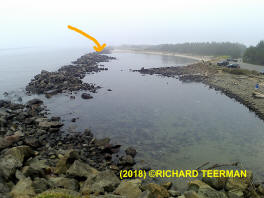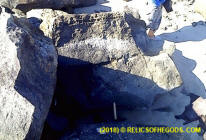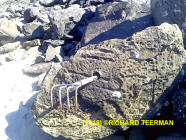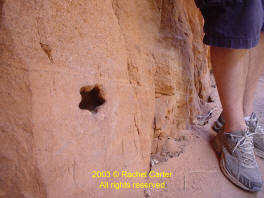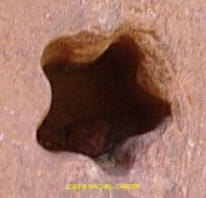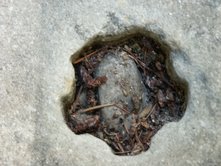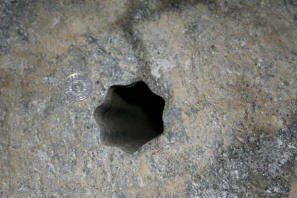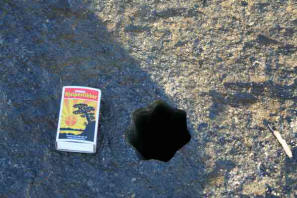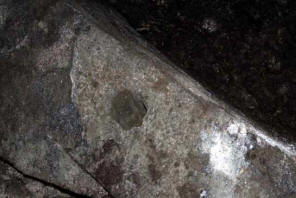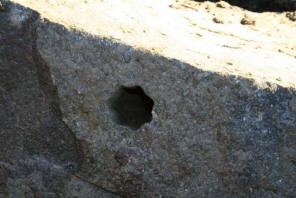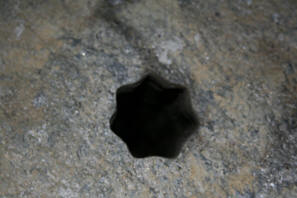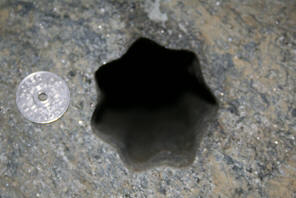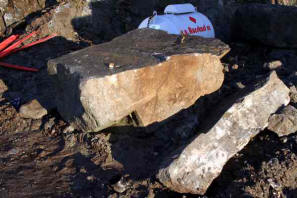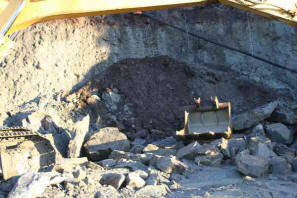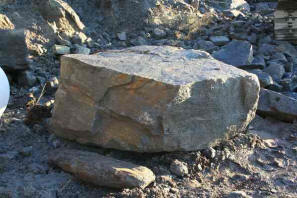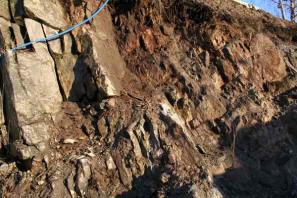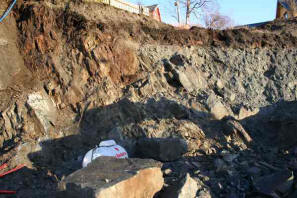STAR HOLES HOME:
NOTICE:
If you have photos and/or locations of star holes and would like to share
please make contact. All photos and/or information used will be properly credited.
CONTACT EMAIL
A very hearty thanks to all
contributors. When the star hole section
was started the goal was to put up all known evidence about star holes
as possible. This is not a difficult job as there was not much out
there.
Your contributions are brand new evidence not seen before and have morphed this section into something
unexpected and really cool - a growing reservoir of
knowledge and hard evidence about the
star holes. You have done in a
few months what science has been unwilling to do in
almost 200 years. Your
evidence added to existing
evidence disclosed many new
facts and characteristics about the star holes.
Before just a few photos
without data were scattered about on the internet and some
stories stating how the
star holes were created by drilling
malfunctions or some little known
drilling technique.
The photos and videos here show that
it is a physical impossibility for a rotary or an impact drill
to accidentally or intentionally create a star hole like any in the
photos contained here.
The claim of the star holes being modern creations is
absurd and the only
acceptable proof of such a claim would
be the well documented construction of
a star hole in hard rock. Anything short is nothing but
hearsay that is not admissible evidence.
The star holes are relics of a past age and
are exactly what the makers wanted to
create. A technology was
required to create them and our technology cannot duplicate them.
STAR HOLE DESCRIPTION:
The Star holes also known as
Cloverleaf Holes
are holes found in many different
types of rock and come with equally spaced lobes
protruding from the hole wall. The lobes
commonly rotate
and the hole curves.
Star Holes can be found in
ancient stone structures found around the
world such as stone lines,
cairns, cliff faces, erratic stones and more.
Star holes have been documented in
Crimea,
England, Scotland, Norway, Bimini Islands, Mexico, California, Utah, Washington, Massachusetts
and Arizona.
| Star hole characteristics:
|
- Star Holes are found in a variety of rock types
like limestone, granite, basalt, sandstone and more.
- Star Holes have been found in various shapes from
triangles, squares, oval and round with sharp pointed lobes or
rounded lobes.
- Some holes go completely
through the stone while
others
end within the stone.
- Diameters documented are
2.0” (51 mm) to 10” (254 mm)
- Hole length runs from a couple of inches to over
4’ (1.22m), verified, 18’ (5.5m), claimed.
- Hole bottoms can be flat.
- Lobe number, shape, size and height
can vary from hole to hole.
- Lobes uniformly rotate.
- Star Hole often
curve
smoothly. All star holes
may curve but not enough data yet to tell.
- Star holes are usually uniform in shape.
- Hole walls
have
textured
surfaces.
- Some hole walls have artificial mineral coatings.
- Some hole walls are vitrified.
- Holes show no signs of modern tool marks.
|
STAR HOLE GALLERY:
Thanks to Feodosian museum of Antiquities from Feodosia (Crimea) photos of these star holes.
Thanks to Rene R. Macbeth for this wonderful star hole from
Mexico. It is the largest star hole documented so far
and goes completely through the rock. The hole entry is 10 inches (25 cm)
wide, 7 inches (18 cm) wide at the exit
and is 1.2 meters (4 feet) long.
The first 7 photos are of the star hole in question. The remaining photos are of two other
near by star holes.
Hole Characteristics:
- Host rock 1 ton approximate single piece
(granite).
- Entrance diameter 25cm (10 in) approximate.
- Exit diameter 18cm (7 in) approximate
- Cone shaped
- Longitude (length) 1.2 Meters (3.94 feet)
- The spiral makes a
twist.
- There is a gold mineral coating
on the hole wall.
USA
|
Arizona:
|
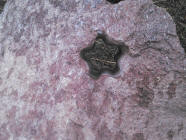
|

|

|
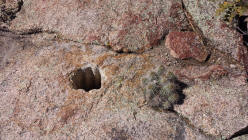
|

|
|
Thanks to Kaleena Morales for this
FIVE lobe star hole
from Arizona, original location unknown..
|
Thanks to Wade Steel For this
large EIGHT lobed star hole in
the Hualapai Mountain Park Campgrounds near Kingman, Arizona.
|
- 1. Peacemaker has over
20 star holes.
- 2. The shapes of the
star holes varies
from almost no lobes
to very pronounced lobes.
- 3. Part of Peacemaker Rock was
quarried around
1960 and some blast holes
and even drill bits are still there.
- 4. Has an
undisturbed cairn with
star holes
that could not have been
drilled with the
stones in place.
- 5. This cairn has a conservative
estimate of a minimum age of thousands of years.
|
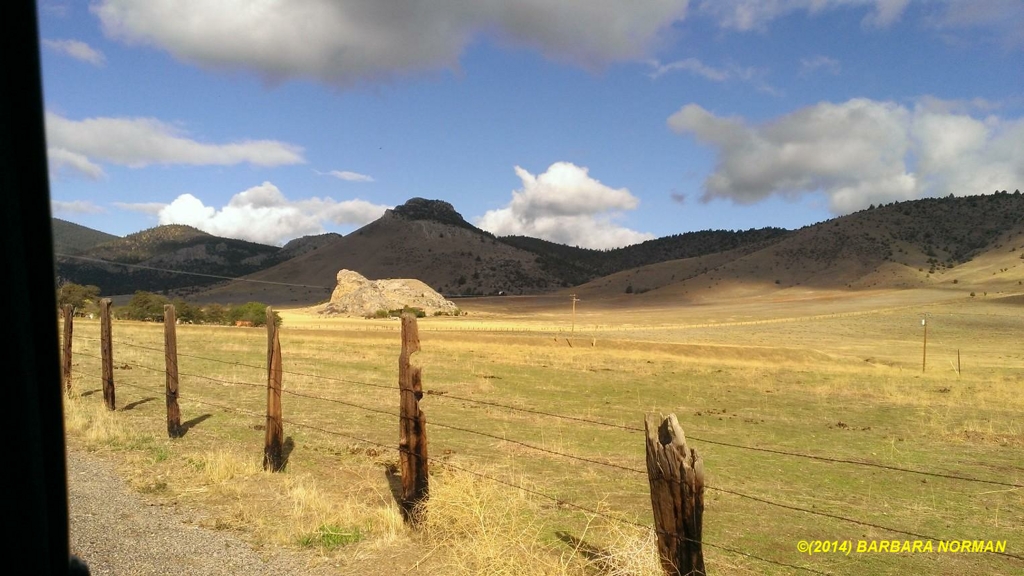
|
|
Click here for Peacemaker Rock Photos |
|
WASHINGTON:
|
|
Thanks to James Rowe who found this five
lobed star hole in a Mima Mound field in Eastern Washington. |
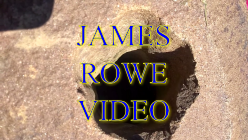
|
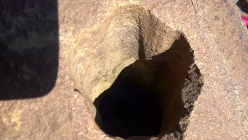
|
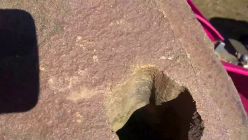
|
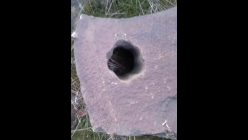
|
| This five
lobed star hole is similar to
Peacemaker star hole #2 (PM2)
in that it has a gold mineral coating on
the interior of the hole. There is also a
red mineral coating on the
surface of the rock.
|
|
United kingdom:
|
|
SCOTLAND |
ENGLAND |
|
ABERDEEN GRANITE |
DARTMOOR STAR HOLES
|
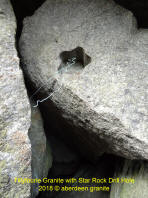
|

|
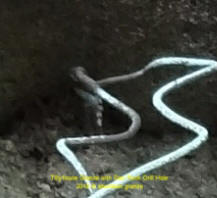
|
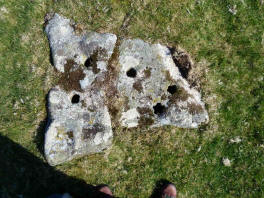
|

|
|
Thanks to Aberdeen Granite for this five lobed star hole that has
two wires sticking out of it.
|
There are 3 holes in this rock, the bottom most hole one
appears to be a five lobed star hole. The
hole on the upper left appears to be a
minimum lobe star hole
like the ones shown in the Peacemaker page. Can't make out
much of the third one.
|
VOLDA STAR HOLE (NORWAY):
| Norway
|
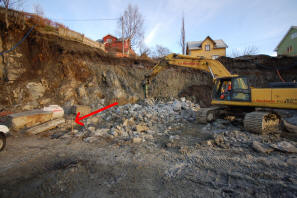
|
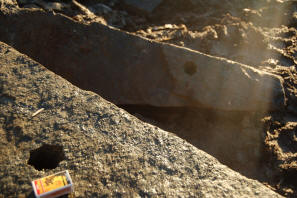
|
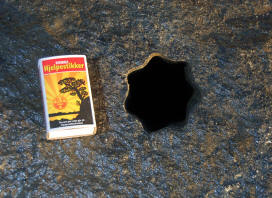
|
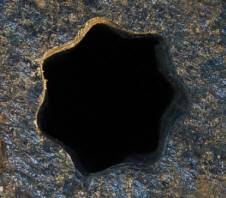
|

|

|
|
This Volda seven point star hole created quite a stir in
Norway in 2007. (source)
|
BAHAMAS - BIMINI ISLANDS:
RICHARD WINGATE
This clip is from an old tv special "New Evidence of Atlantis in the Bahamas
On this show the late, great Richard Wingate
shows evidence he found in the Bahamas.
The photo is from his book "Atlantis in the Amazon".
In the video Mr. Wingate claimed to have seen a 18
FOOT LONG stone with a
curving, lobe rotating star hole through its length.
